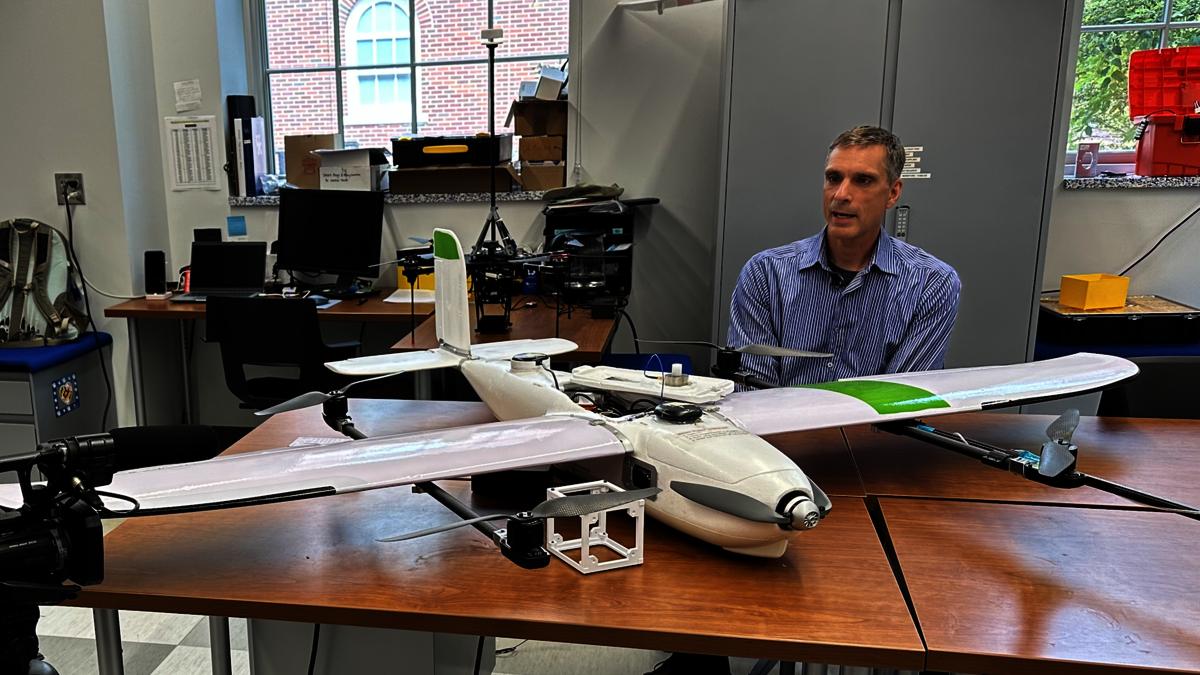This summer, experiments from schools across the country took flight into the stratosphere aboard an experimental pressurized glider as it attempts to reach 90,000 feet — higher than any other piloted airplane in the world.
Airbus Perlan Mission II, gave participants an opportunity to design and build experiments in CubeSats that will soar to the edge of space on board the Perlan 2 sailplane, a one-of-a-kind glider that has two pilots but no engine and is expected to set a new aviation altitude world record this year for piloted level flight.
One of the most exciting and promising projects on board the Perlan 2 was developed by Sean Bailey, associate professor in the Department of Mechanical and Aerospace Engineering, in collaboration with associate engineer Ryan Nolin.
Bailey and Nolin are collaborating with Stratodynamics Inc., a U.S. affiliate of Stratodynamics Aviation Inc., which is a member of the Perlan Atmospheric Research Team (PARTners). Together, they’ve developed a CubeSat that will use an infrasonic microphone to observe and record subaudible acoustic signatures in the upper atmosphere. Bailey’s group anticipates that the payload will record the acoustic signatures generated by wind shear events such as clear-air turbulence. The innovative acoustic sensor was originally developed by NASA scientists and has been licensed by Stratodynamics Inc.
Once the mission is complete, Bailey will utilize a team of engineering students to complete the post-flight data analysis. His research has the potential to make a substantial impact on the aviation industry as clear air turbulence is currently undetectable by pilots in flight.
“We are hoping that data from this unique flight opportunity will lead to new sensing technology advancing the aviation sector’s ability to detect and avoid clear air turbulence,” Bailey said. “Recent studies have projected that this type of turbulence, which is an aviation hazard, is going to become increasingly problematic as a result of climate change.”
Airbus Perlan Mission II is an internationally acclaimed initiative operated by The Perlan Project, a nonprofit based in Minden, Nevada that works to advance discovery and promote education related to high-altitude flight, weather and climate change.
“We’re pushing the boundaries of aviation, reaching for stars and doing some great science in the stratosphere along the way,” said Ed Warnock, CEO of The Perlan Project. “There are answers in the upper atmosphere that can help us unlock new discoveries and create solutions to improve our world. We’re heading to 90,000 feet and want to take every classroom and science enthusiast along for the ride with us to inspire the next generation of aerospace engineers, environmental researchers and educators.”
Check out Bailey’s interview with WKYT below:
